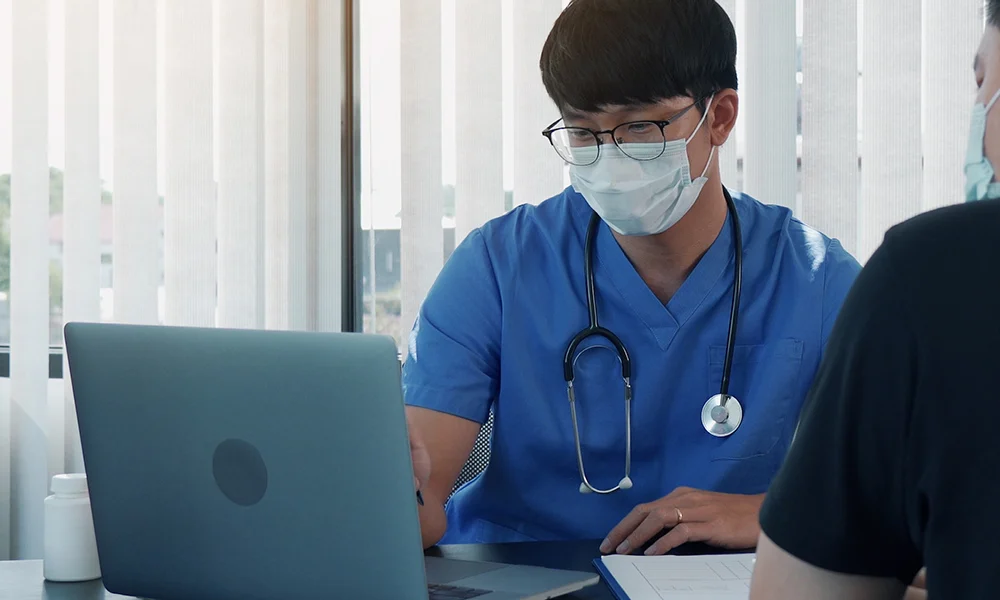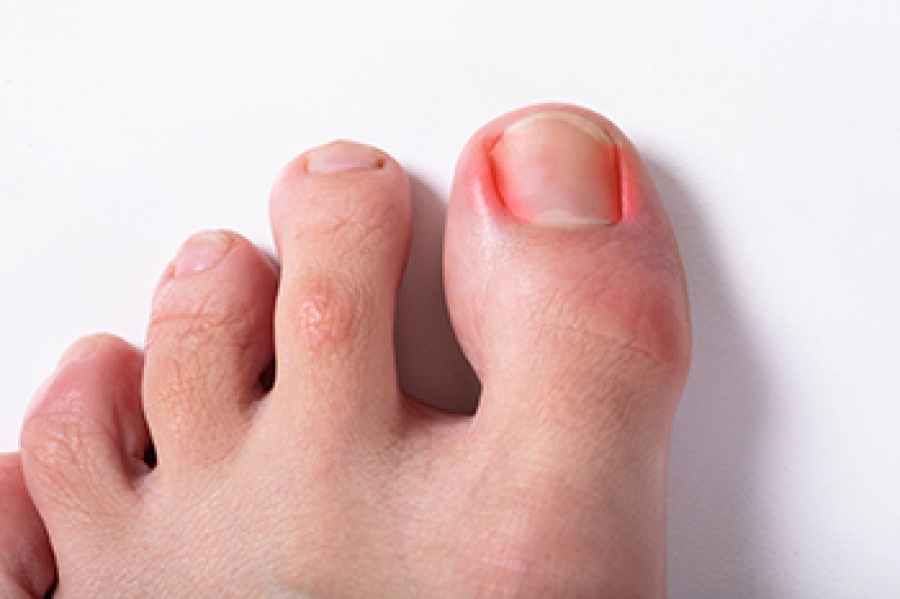What are Varicose Veins?
Varicose veins or spider veins are the collections of bulgy blue or purple veins that appear at the surface of the skin. When the skin is overstretched, this causes the veins to weaken and lose elasticity, thus they appear more visible underneath the skin. Varicose veins usually appear near the site that experiences the most tension.
One example includes childbirth. The joints and tends must loosen during the process and the skin is stretched beyond its usual limit. Another example includes rapid weight gain. This is usually seen in individuals who experience a growth spurt. In this case, the amount of skin is not enough to support the rapid bone growth and therefore must compensate by stretching more than normal. These varicose veins are usually less visible. An older demographic is more likely to experience varicose veins because the skin loses elasticity with age. The blue or purple color is a result of how the skin reflects light. There are other hues that exist depending on the amount of melanin present in the individuals.

While they may present an alarming appearance, varicose veins are usually not a concern. Any age group can experience varicose veins. They can sometimes be genetic. This can mean that they are present during early development or an individual is predisposed to the condition.
There are more serious cases of varicose veins, however. A vein center should be visited if varicose veins are the suspect for more serious conditions. These conditions can range from mild lethargy to more severe cases such as muscle spams or a stroke. A vein doctor will be able to properly diagnose the condition and provide the most appropriate treatment.
How Does Vein Treatment Work?
There are different treatments available for treating a range of conditions. Each treatment is designed to remove the pain caused by varicose veins and therefore are not painful treatments. A common diagnostic method is ultrasound screening. This allows the doctor to see the severity of the condition. The benefit to each treatment is that the recovery time is short and regular activities can be resumed the next day.
One common treatment is laser ablation. A vein doctor uses a short burst of a laser on the varicose veins. This causes the interior wall of the vein to collapse and restores proper blood flow. It is a non-invasive method and poses little risk to the individual.
Another common method is foam injection. A mixture of biodegradable chemicals is agitated with air to form a foam solution. This solution is injected into the vein. The foam reacts with the blood and unblocks the veins. The method is like a flu-shot and there is very little scarring afterward.
In more serious cases where the vein cannot be saved, the doctor extracts the veins. The process is very safe because the vein is already deceased and does not contribute to blood flow. The vein is also very close to the surface of the skin and is therefore easy to remove.
Where to Find Vein Treatment
The Metro Vein Center is staffed with many well-trained surgeons. Dr. Jordan Garrison is a board-certified General, Bariatric and Vascular Surgeon. He has extensive experience in treating vascular conditions. He has also served on many medical committees and has devoted his career to finding the best solutions to treating vascular conditions.
Dr. Jordan Garrison received an undergraduate degree from Lehigh University. He completed his General Surgery Residency training at the New Jersey Medical School in Newark, New Jersey. He has been awarded several awards for his contributions in the field of medicine.




